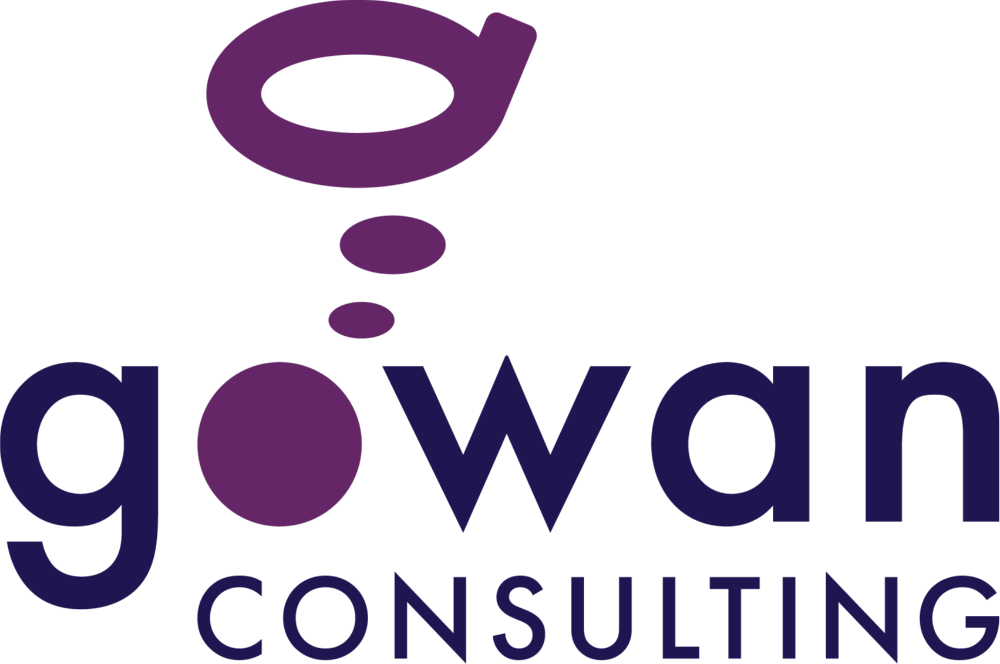Innovating to Remove Barriers for Employees with Disabilities
Dec 02, 2022
If you are an organization who is not innovating new strategies for employing employees with disabilities, you are likely falling behind your competitors. Despite lagging employment rates for persons with disabilities, research shows that organizations who hire inclusively outperform organizations who don’t. Inclusive organizations are twice as likely to meet or exceed financial targets, three times as likely to be outperforming, six times more likely to be innovative and agile, and eight times more likely to achieve better business outcomes.1 Accessibility and disability accommodations don’t just benefit the worker with a disability; they provide benefits to the team, the customers, and business growth potential. If leaders want their organizations to thrive, they need to invest in the tools and strategies to break down systemic barriers for persons with disabilities.
What Are Systemic Barriers?
Systemic barriers are things in your organization that may prevent you from recruiting, hiring, promoting, and engaging employees with disabilities. Most leaders don’t consciously block persons with disabilities from succeeding in the organization, but sometimes our unconscious biases create barriers. Here are some examples:
1) Biases in the hiring process
People with disabilities struggle significantly more with finding jobs than those without disabilities. Hiring managers may have biases about the capabilities of candidates, despite people with disabilities having similar education levels and qualifications to those without. According to a previous Statistics Canada report, 12% of Canadians with a disability reported having been refused a job in the previous five years as a result of their condition. The percentage was 33% among 25- to 34-year-olds with a severe or very severe disability.2
Where employers post opportunities and how they post the role description may also create challenges. Application barriers may include only posting on a website that is not able to use screen readers or application forms that cannot use alternate technology to add resume information.
2) Stigma in the workplace
The stigma around people with disabilities can have a negative impact on employees’ job satisfaction and career growth. Employees who disclose their disabilities perceive that they are denied promotions, given extended probationary periods, and are limited in their opportunities to achieve leadership roles.3 In a study conducted by the Center for Talent Innovation, one-third of respondents with disabilities reported experiencing “negative bias in the workplace such as feeling underestimated, insulted, excluded, or had coworkers appear uncomfortable because of their disability.3 Employees who are treated differently than coworkers without disabilities face fears of discrimination, harassment, and social isolation, which can impact their ability to engage meaningfully at work.
3) Lack of accessibility
Physical accessibility of your workplace may present a barrier for someone with a mobility challenge or someone with a visual impairment. Ensure that your workplace is following the Accessibility for Ontarians with Disabilities Act (AODA) or accessibility standards outlined provincially or federally. The absence or availability of wheelchair ramps, automatic doors, and assistive technologies such as screen reading devices can be the sole deciding factor in whether or not somebody can work at a given company. Accessibility is not just about having ramps; it is about considering accessibility of technology and employment in all of the employment life cycles.
4) Lack of reasonable accommodations
Employers may be hesitant to provide accommodations because of cost or implicit biases. However, research shows that there is a solid business case for accommodations. Providing reasonable accommodations to employees not only allows workers with disabilities to do their jobs, but it actually saves organizations money in the long run. According to a study Job Accommodation Network (JAN), 58% of employers reported that implementing accommodations for employees cost absolutely nothing and 37% experienced a one-time cost.4 For those that did cost, the average cost of accommodation was $500. In return, employers reported direct benefits such as retaining a valued employee, increasing employee productivity, and eliminating costs with training a new employee, as well as many indirect benefits to company morale and engagement.5
5) Systemic barriers in policy
A lack of work-from-home or remote work policies used to be a significant barrier for those who could not tolerate the commute to work. Now that hybrid workplaces have become the norm, employers should continue to consider how these policies can reduce barriers for employees with disabilities. Employers should also consider how policies on benefits could preclude individuals with disabilities, such as access to benefits for no pre-existing conditions. Employers may be losing opportunities for top talent in their organization if policies are not inclusive.
How Can Employers Reduce Systemic Barriers?
- Audit your policies and review your corporate culture for potential systemic barriers.
- Train managers/leaders – provide skill-based, inclusive leadership training.
- Ensure that you have solid Equity, Diversity and Inclusion (EDI) training programs for your employees.
- Engage employees in your organization through committees that can work together to change the culture of exclusion to inclusion.
- Ensure that employees with a disability are central to any change being implemented, that their voices are integrated and amplified in change decisions and processes.
How Can Gowan Consulting Help?
- Our Occupational Therapists can provide accommodation assessments to assess employees’ function in the workplace and provide tools and strategies for the workplace. Make a referral here.
- Book a consultation to learn how our team can provide accessibility support for your workplace and help implement effective and inclusive policies.
- We offer a variety of inclusive leadership trainings. Check out our online store for our current public webinars and workshops or contact us to learn about our customized training options.
Works Cited
[1] Deloitte. (2020, May 15). Belonging: from comfort to connection to contribution. Deloitte Insights. https://www2.deloitte.com/us/en/insights/focus/human-capital-trends/2020/creating-a-culture-of-belonging.html
[2] Employ Abilities. (n.d.) Disabilities and Employment. https://employabilities.ab.ca/disabilities-and-employment/
[3] Parker Harris, S., Gould, R., and Mullin, C. (2019). ADA research brief: Experiences of discrimination and the ADA (pp. 1-6). Chicago, IL: ADA National Network Knowledge Translation Center, https://adata.org/research_brief/experience-discrimination-and-ada
[4] Job Accommodation Network (2015, September 1). Workplace Accommodations: Low Cost, High Impact. https://www.shrm.org/hr-today/news/hr-magazine/documents/lowcosthighimpact.pdf
[5] Government of Canada. (2022, April 27). Rethinking DisAbility in the Private Sector. https://www.canada.ca/en/employment-social-development/programs/disability/consultations/rethinking-disabilities.html

